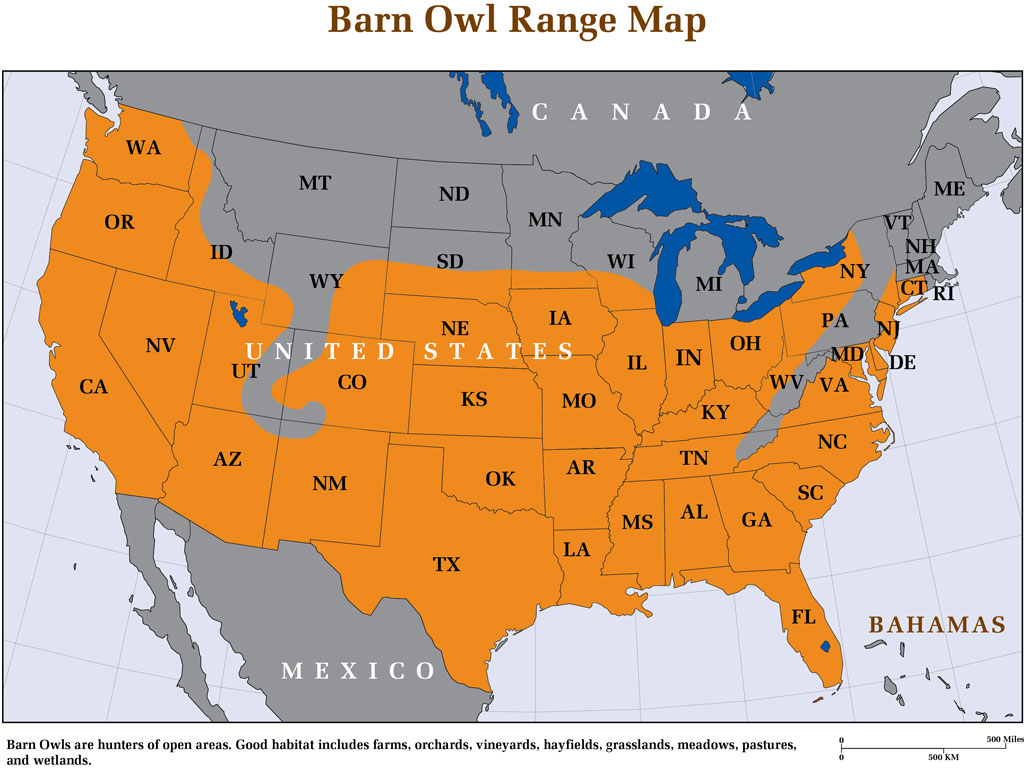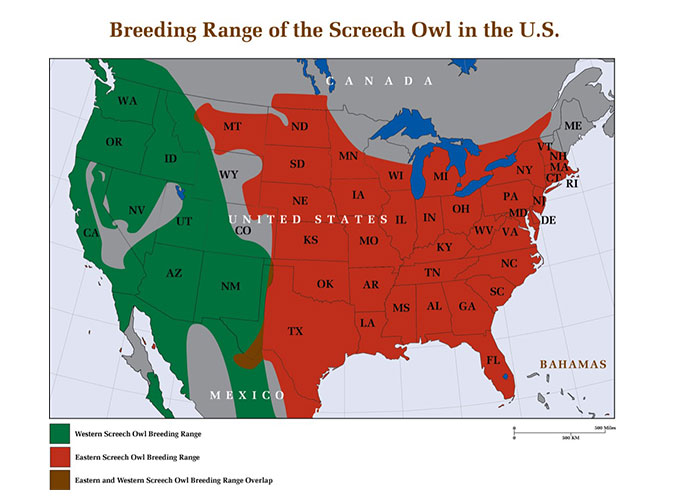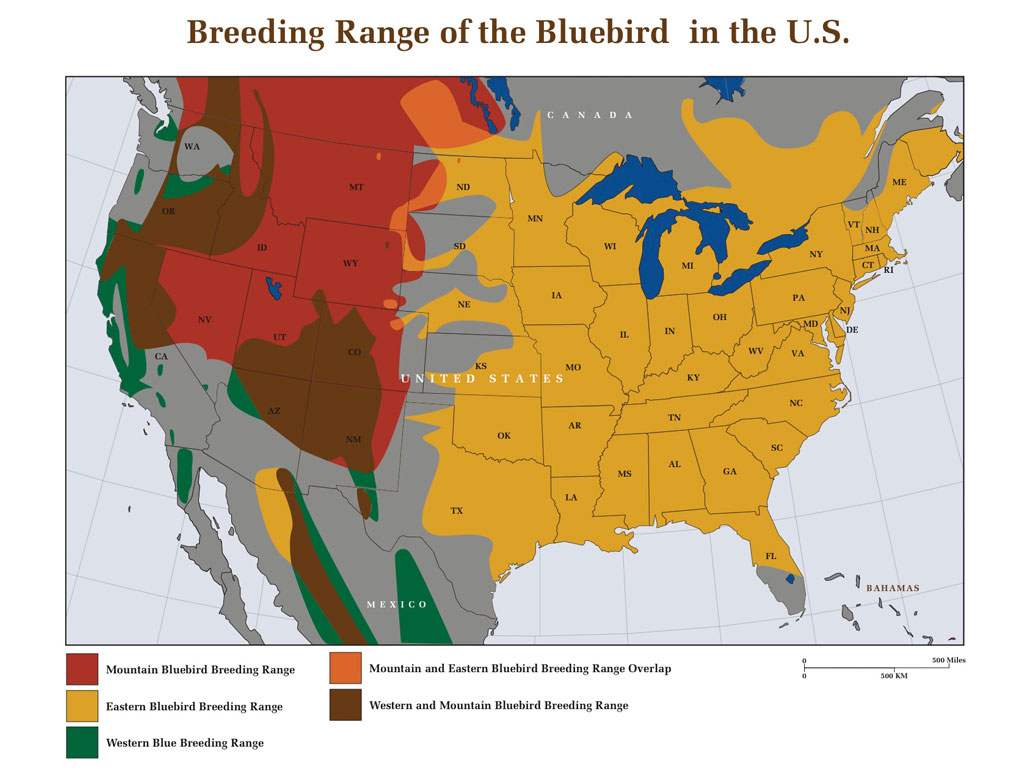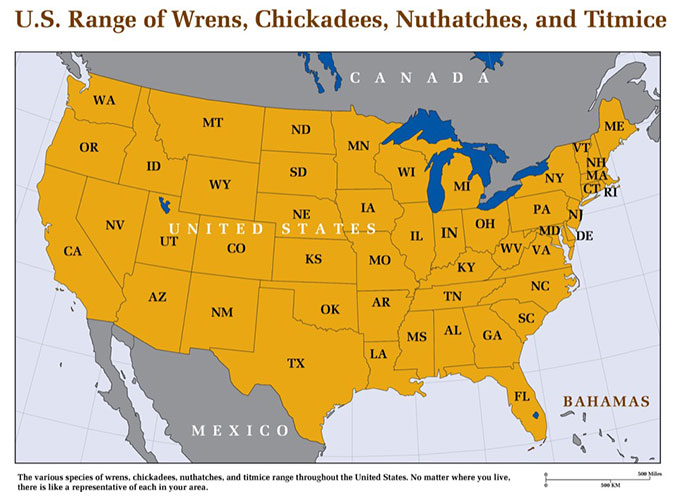Free Shipping to the Contiguous United States
Arkansas Barn Owls

Barn Owls in Arkansas
Barn owls breed throughout Arkansas. They are most common in the wet agricultural regions of the Mississippi delta in the eastern third of the state. Arkansas grows more rice than any other state in the nation, primarily in the eastern third. Not only is rice good for ducks, it is also good for barn owls. In rice fields they eat primarily cotton rats and rice marsh rats that cause large scale damage to grain crops.
Good populations also thrive in in the flat fertile farmland of the Arkansas River Valley that lies between the Ozark and Ouachita Mountains in the west-central part of the state, and in the Red River Valley in the southwestern counties. The mountainous regions of Arkansas contain the least numbers.
Karen Rowe, biologist for Arkansas Game and Fish Commission, reports “Barn owls in Arkansas nest in old metal grain bins, buildings with grain driers, combines parked in sheds, deer blinds, you name it.” Eggs are usually laid between February and June.
Analysis of 338 pellets from the Holla Bend National Wildlife Refuge in western Arkansas revealed 46.8% cotton rats, 14.2% woodland voles, and 13% marsh rice rats. A smaller sample from eastern Arkansas showed bog lemmings, cotton rats, and voles consumed in that order. However, keep in mind that barn owls will prey upon whatever nocturnal rodent is most prevalent locally.
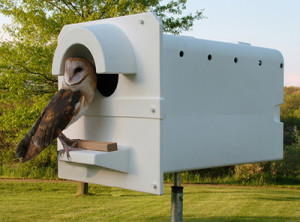
Though barn owl numbers are good in many areas, the barn owl is still considered a species of concern here, and residents are encouraged to erect nest boxes to help with their numbers since often the limiting factor to their success is the availability of suitable nesting sites. The rice fields, vineyards, orchards, and row crop farmers of Arkansas could well benefit from nest box programs erected to help reduce rodent pressure on their crops.

